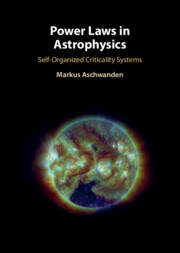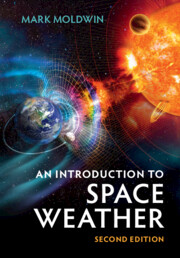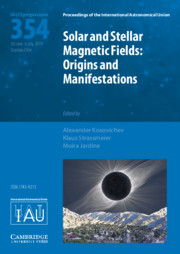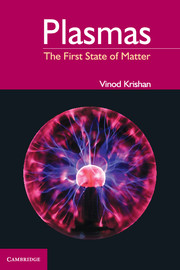Power Laws in Astrophysics
Research applications of complex systems and nonlinear physics are rapidly expanding across various scientific disciplines. A common theme among them is the concept of “self-organized criticality systems”, which this volume presents in detail for observed astrophysical phenomena, such as solar flares, coronal mass ejections, solar energetic particles, solar wind, stellar flares, magnetospheric events, planetary systems, galactic and black-hole systems. The author explores fundamental questions: Why do power laws, the hallmarks of self-organized criticality, exist? What power law index is predicted for each astrophysical phenomenon? Which size distributions have universality? What can waiting time distributions tell us about random processes? This is the first monograph that tests comprehensively astrophysical observations of self-organized criticality systems for students, post-docs, and researchers. A highlight is a paradigm shift from microscopic concepts, such as the traditional cellular automaton algorithms, to macroscopic concepts formulated in terms of physical scaling laws.
- Formulates a quantitative theory of self-organized criticality systems that is then tested with astrophysical observations
- Presents a paradigm shift from microscopic simulations in terms of cellular automaton models, to macroscopic concepts formulated in terms of physical scaling laws
- SOC theory has applications in various science disciplines beyond astrophysics: in mathematics, geophysics, magnetospheric physics, plasma physics, biophysics, and sociophysics
Product details
December 2024Adobe eBook Reader
9781009562966
0 pages
This ISBN is for an eBook version which is distributed on our behalf by a third party.
Table of Contents
- Foreword Paul Charbonneau
- Preface
- List of abbreviations
- 1. Fundamentals
- 2. Power-law size distributions
- 3. Waiting-time distributions
- 4. Solar flare hard X-rays
- 5. Solar flare soft X-rays
- 6. Solar EUV nanoflares
- 7. Solar photospheric events
- 8. Coronal mass ejection
- 9. Solar energetic particle events (SEP)
- 10. Solar wind
- 11. Magnetospheric phenomena
- 12. Planetary systems
- 13. Stellar systems
- 14. Galactic and black-hole systems
- 15. Conclusions
- References
- Index.








